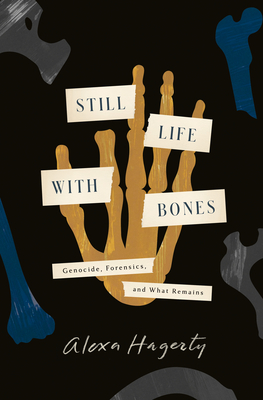What do you think?
Rate this book


320 pages, Hardcover
First published March 14, 2023
"Some Madres saw exhumations as a surreptitious attempt to convert mass atrocity into private grief...Such a stance rejects closure in favor of the wound left purposely open, a willful political melancholia."